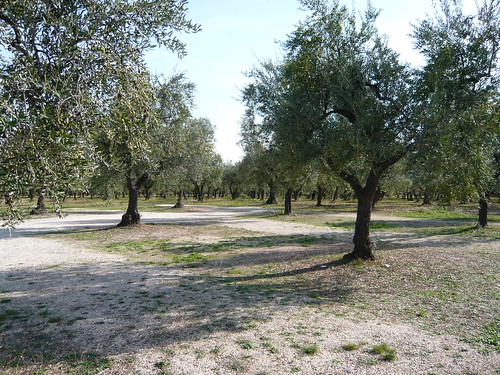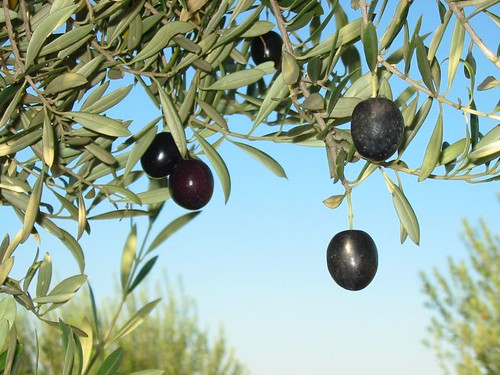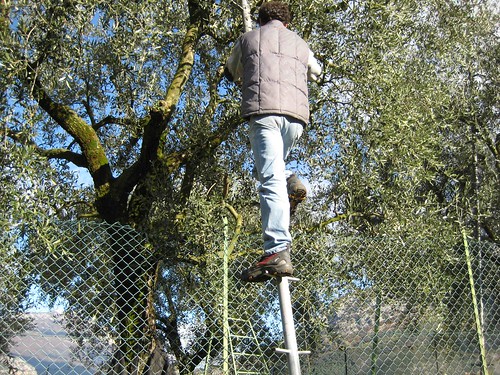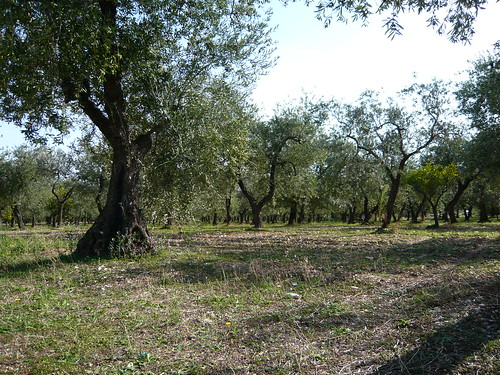
Olive – Root and Branch Review
Key Features of the Olive Tree
- Latin name Olea Europaea
- Height up to 50 feet 15m
- Type of tree – evergreen dictoyledons
- Leaves Dark green with silvery green undersides. Leathery, lanceolate or ovate leaves –
- Flowers Small white borne in axillary clusters.
- Fruit Egg shaped or ovoid drupe green turning black
- Bark Grey with gnarled ridges and appearance
- Family Oleaceae
Origins and Distribution of the Olive
- Dating back at least 4000 years in tablets written in Cretan 2500 BC.
- Cultivated in the Mediterranean where it flourishes.
- References in the Bible to olive branches an anointing oil
Uses and Commercial Attributes of the Olive
- The fruit is a staple part of Mediterranean cuisine.
- The fruit is crushed or pressed to make olive oil.
- The oil is used in cooking and historically as a fuel.
- Olive is now recognised as a colour a dull grey-green or green-grey.
Gardeners Tips for the Olive
- Olives are used to hot mediterranean climates and do not thrive in the UK
- Recent attempts to make them specimen plants are led by the avaricious side of the horticultural industry and great conditions are needed for your Olive to survive.
- Olives are often grown in groves although most varieties will self pollinate.
Other types of Olive and key species
- There are thousands of cultivars of the Olea europaea olive tree.
- The Iberian olives are usually cured and eaten after being pitted and stuffed with pimentoe
Olive comments from elsewhere
‘The older an olive tree is, the broader and more gnarled its trunk appears. Many olive trees in the groves around the Mediterranean are said to be hundreds of years old, while an age of 2,000 years is claimed for a number of individual trees’
Credits
“Olives by wollombi,CC BY 2.0
OLIVES by Sara Maino CC BY-NC-ND 2.0



